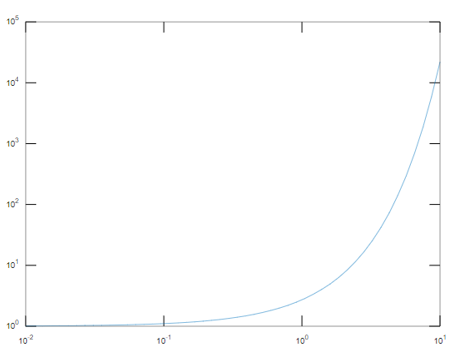


Where necessary, the analyst will employ a combination of these methods to establish the exact requirements of the stakeholders, so that a system that meets the business needs is produced. Prototyping may be used to develop an example system that can be demonstrated to stakeholders. These may include the development of scenarios (represented as user stories in agile methods), the identification of use cases, the use of workplace observation or ethnography, holding interviews, or focus groups (more aptly named in this context as requirements workshops, or requirements review sessions) and creating requirements lists. Analysts can employ several techniques to elicit the requirements from the customer. New systems change the environment and relationships between people, so it is important to identify all the stakeholders, take into account all their needs and ensure they understand the implications of the new systems. Requirements analysis can be a long and tiring process during which many delicate psychological skills are involved.

Analyzing can also include sizing requirements. Analyzing requirements: determining whether the stated requirements are clear, complete, unduplicated, concise, valid, consistent and unambiguous, and resolving any apparent conflicts.Recording requirements: Requirements may be documented in various forms, usually including a summary list and may include natural-language documents, use cases, user stories, process specifications and a variety of models including data models.This is sometimes also called requirements gathering or requirements discovery. the project charter or definition), business process documentation, and stakeholder interviews. 2.2 Joint Requirements Development (JRD) SessionsĬonceptually, requirements analysis includes three types of activities:.


 0 kommentar(er)
0 kommentar(er)
